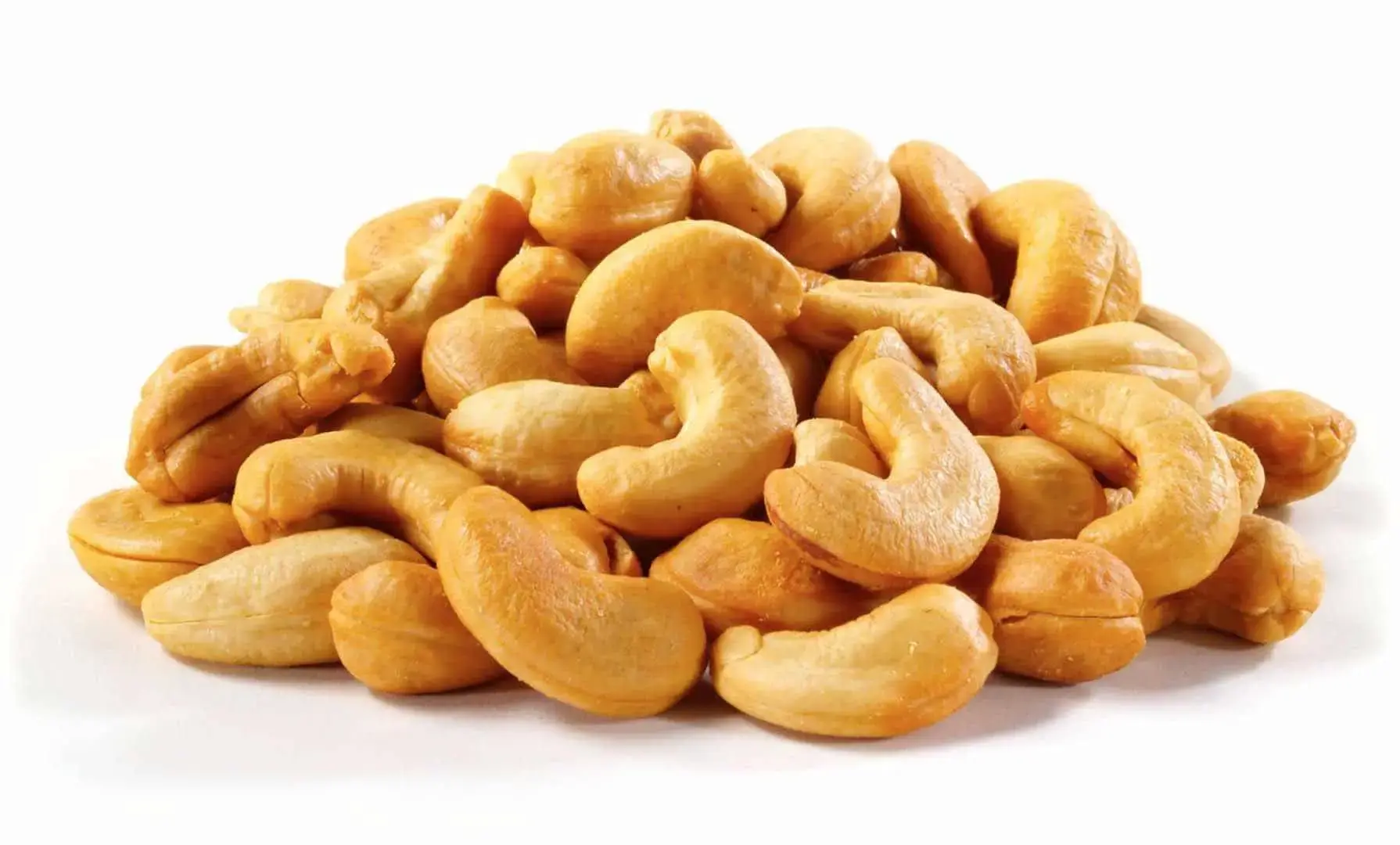Archive: [ https://archive.is/hdUSo ]
The Supreme Court of Canada has ruled that when a minor violation of a suspect’s constitutional rights leads to several subsequent violations, the sequence should be treated as minor by judges conducting criminal trials. That principle could make it easier for prosecutors to use evidence illegally obtained by police.
Under the Charter of Rights and Freedoms, evidence that is unlawfully obtained may still be used in a trial – but only if a judge decides that excluding it would cause more harm than including it. Rights violations treated as minor often result in unlawful evidence being permitted to be heard, especially when the alleged offence is a serious one.
The Charter’s approach is different than that of the U.S. Constitution, which excludes most unlawfully obtained evidence. U.S. courts have declined to accept “fruits of the poisonous tree” – evidence linked to an initial breach of a suspect’s rights.
“Far from being unremarkable events, police officers conducted a series of increasingly invasive searches, arrests and detentions in the absence of lawful authority. There is a strong social interest in denouncing a course of conduct that disregards both individual privacy and liberty, thereby undermining the rule of law,” Justice Martin and Justice Kasirer wrote.
Toronto lawyer Frank Addario expressed concern. “The police respond to the incentives that judicial decisions create. If the courts tell them that violating the Constitution is okay if they are enforcing drug laws, they get the message,” he said.
The rest of us have to perform our jobs with competence, why not the police?
The rest of us have to follow the law, why not the police?
Because police are Heros.
As usual with our charter rights, they’re really just recommendations.
Boy, it would be a shame if someone hacked the personal devices of high ranking politicians and found evidence that they are knowingly running Canada into the ground for profit.
You don’t even have to hack them. Conservatives and neo Liberals openly admit it usually.
Removed by mod
Removed by mod
Removed by mod
Removed by mod
Not much of a right then, is it?
All of our rights are limited, it’s part of the charter
Not much of a right then, is it?
Sure it is
It protects other people
This is the best summary I could come up with:
Under the Charter of Rights and Freedoms, evidence that is unlawfully obtained may still be used in a trial – but only if a judge decides that excluding it would cause more harm than including it.
Rights violations treated as minor often result in unlawful evidence being permitted to be heard, especially when the alleged offence is a serious one.
U.S. courts have declined to accept “fruits of the poisonous tree” – evidence linked to an initial breach of a suspect’s rights.
The case before the Supreme Court involved George Zacharias, who was driving near Banff, Alta., in 2017, when he was pulled over by a Mountie specializing in intercepting criminals on highways.
“Far from being unremarkable events, police officers conducted a series of increasingly invasive searches, arrests and detentions in the absence of lawful authority.
Eric Gottardi of Vancouver said the ruling had little value as precedent, because it was tied 2-2 on the issue of “consequential breaches.” Justice Côté did not address this point directly.
The original article contains 899 words, the summary contains 167 words. Saved 81%. I’m a bot and I’m open source!







